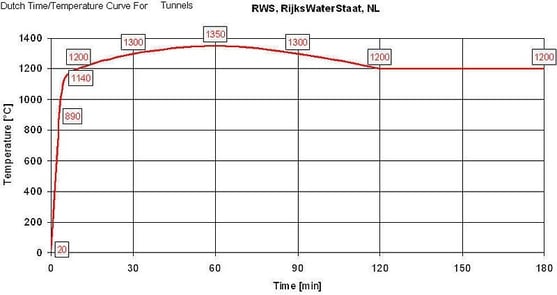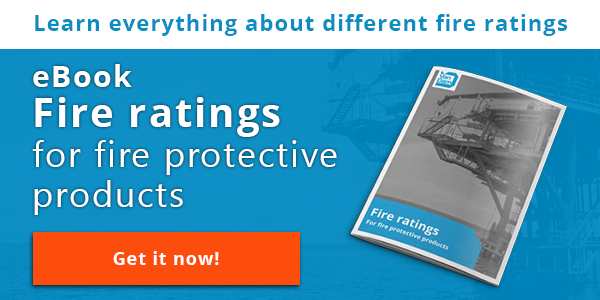
The consequences of a fire in a tunnel can be far more serious than the consequence of fire in open air. There are different types of tunnels with each posing potential for many casualties in the event of a fire:
- Railway tunnels;
- Subway tunnels;
- Road tunnels;
- Water tunnels.
Rail and subway tunnels are mass-transit systems used for public transport and generally consist of trains and subways. Each transport system can transport hundreds of passengers per trip. These tunnels types can be regarded as potentially more dangerous during fire events because it can cause more casualties than road and water tunnels, which are designed for car passage.
Fire safety in tunnels is important to ensure life safety and to avoid unnecessary costs. The danger with fire events in tunnels in comparison to buildings are the low visibility, the longer escape distances and time, the potential for stronger and more rapid growing flames and more rapid smoke spread. One can conclude that there are more critical factors to consider when building tunnels with fire protective products.
Prevention through design
Ensuring fire safety, optimizing evacuation routes and facilitating fire rescue efforts are among the most important features to include in tunnel design. Architectural compounds such as doors and walls need to be designed in such a way that it complies with all necessary regulations regarding tunnels, whilst leaving room for future expansion, upgrades and maintenance during the whole lifetime of the tunnel.
The RWS fire curve
In fire protection there are typically 3 fire curves for cellulosic fire, hydrocarbon fire and jet fire. However, these fire curves do not adequately represent the severity of a fire event in a tunnel. Thus, in order to properly test the severity of fires in tunnels, the Rijkswaterstaat (RWS) fire curve has been developed by the Rijkswaterstaat in the Netherlands.

Source: Wikipedia
The internationally recognized RWS curve is based on the results of extensive testing done by TNO in the Netherlands in 1979. The curve looks at the worst case scenario of when a fuel oil or petrol tanker with a fire load of 300MW lasting up to 120 minutes could occur. The fire duration and the temperature time curve depends on the type of the tunnel.
The RWS curve and the hydrocarbon curve both use similar fire load materials, yet they differ in the fact that the hydrocarbon curve is based on fire temperatures that would occur in a relatively open air space, where the heat can still escape. The RWS fire curve is based on fires in enclosed areas, such as tunnels, where there is no chance for the heat the escape into the surrounding air.
The failure criteria for the RWS curve is that the temperature of the reinforcement should not exceed 250 oC and the interface between the fire protection and the concrete should not exceed 380 oC.
Conclusion
Ensuring fire safety is an essential part in tunnel design. Life safety and avoiding unnecessary costs are two aspects that need to be achieved through adequate fire protection. The RWS curve is one of the leading standards in the world when it comes to fire protection tests in tunnels. Accordingly, fire protective products that are installed in tunnels need to comply with this standard.
Do you want to know more on how to ensure safety in difficult environments? Download our eBook fire ratings for fire protective products.







